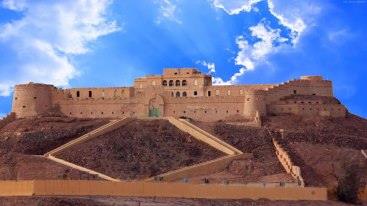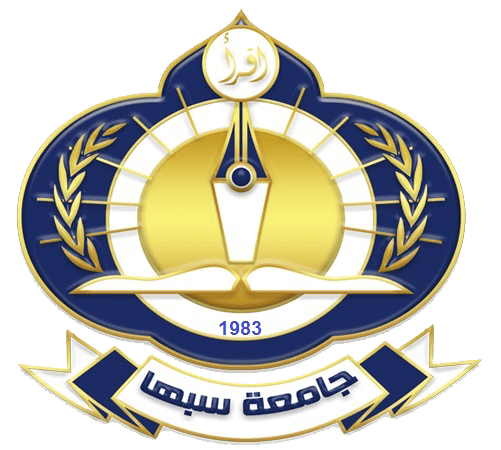The Southern Region of Libya
Fezzan (Phasania in Latin) is a historical region in the southwest of Libya. It is very old and it was mentioned by Yaqut al-Hamawi in his “Dictionary of Countries”. He stated that it was named after Fezzan Ibin Ham Ibin Noah, peace be upon him. It is abundant in palm trees and dates.
Most of it is desert land, abundant with rocky mountains, hills, sandy hills, and dry valleys. It contains a number of stunning desert oases, scattered throughout its vast deserts, in addition to the beautiful desert lakes surrounded by towering sand dunes. These include Lake Qaberoun, Lake Mandara, and Lake Waaw al-Namus.

Sebha City:
It is the capital of Fezzan and has many archaeological sites, including the historic fortress of Sebha and some ancient cities such as Al-Jadeed Al-Qadimah, Hajarah Al-Qadimah, and Al-Qurda Al-Qadimah. These ancient cities are examples of architectural beauty where the present blends with the essence of history through their old alleys, courtyards, and corridors. Therefore, they are considered a tourist destination and a historical landmark representing different eras.
Tourism in South Libya (Fezzan):
Fezzan is one of the most important tourist areas in Libya, known for its archaeological and desert tourism that holds the secrets of Fezzan’s history and attracts the attention of tourists, lovers of rock art, and popular arts such as the authentic Marskawi art.
Ghat City is one of the Libyan Desert cities and is a center for the civilizations of the Libyan Sahara. It contains a mosque that is over 900 years old and is a destination for tourists every year due to their fascination with its ruins and admiration for its cultural heritage tourist festival held at the end of each year.
The Akakus Mountains, also known as the Tadrart Akakus, are rocky mountains located in southwestern Libya within the Sahara Desert. The nearest city to it is the archaeological site of Ghat.
The Akakus Mountains were included in the UNESCO World Heritage List in 1985 due to their abundance of breathtaking natural landscapes. The most famous features include colored sand dunes, rock arches, rock paintings, and sculptures depicting the history of civilizations in the region dating back thousands of years before the birth of Christ. Some of these sculptures depict animals such as giraffes and elephants, while others depict the ancient human life within the Akakus Mountains
Fezzan Rally:
The Fezzan Rally for cars and desert bikes takes place annually in the city of Sebha, with participants from inside and outside the country. The race covers a distance of over 250 kilometers, starting from Independence Square in the center of Sebha and passing through the Lakes Area in the Libyan Desert. The race ends in the town of Tuwewa near the city of Ubari.







 Users Today : 1790
Users Today : 1790